Nail Studio Lighting for Your Interviews Every Time
Before you hit record on that interview for your non-profit or documentary, let's talk about lighting. For all filmmakers, especially if you’re working with B-roll and interviews, professional studio lighting can take your project from good to great.
Let’s simplify the world of studio lighting to help you understand the key elements, make informed budget decisions, and get that polished, professional look for your next project.
Why Lighting Matters: The Power of the Frame
Think of lighting as the narrative tool that sets the stage for your interview. Harsh shadows can create an unsettling atmosphere, while flat lighting can drain the life out of your subject. Getting your lighting right allows you to:
Control the Mood: Soft, diffused light creates a calm and inviting atmosphere, perfect for heartfelt testimonials. Stronger, directional light can evoke a sense of urgency or drama.
Flatter Your Subject: Strategic lighting placement minimizes blemishes and highlights your subject's best features.
Separate Subject from Background: Proper lighting guarantees that your interviewee stands out and focuses on their message.
The Three-Light Setup: Your Foundation for Success
While there are endless lighting possibilities, the three-light setup is a basic for all gaffers. Here's a breakdown of the key players:
Key Light: The main source of light, illuminating your subject. This light sets the overall exposure and mood.
Fill Light: Softens shadows created by the key light, for a more natural look.
Backlight: Separates your subject from the background, adding depth and dimension.
Budgeting for Lighting: Every Dollar Counts
Now, let's talk about the bottom line. Studio lighting can range from affordable continuous lights to high-end strobe systems. Here are some factors to consider when making your budget decisions:
Project Needs: A simple interview may require minimal lighting, while a dramatic reenactment might call for a more elaborate setup.
Experience Level: If you're a beginner, consider starting with a basic three-light kit. As you gain experience, you can invest in additional equipment.
Rental vs. Purchase: Renting allows you to test out different equipment before committing to a purchase. This is a great option for one-off projects.
Beyond the Basics: Exploring Lighting Techniques
Let’s get into the world of lighting techniques to create specific moods and styles. Here are a few popular options:
High-key Lighting: Uses bright, even light for a clean and professional look, often used in corporate videos.
Low-key Lighting: Creates a dramatic atmosphere with deep shadows, perfect for suspenseful documentaries.
Split Lighting: Illuminates only one side of the subject's face, creating a sense of mystery or intrigue.
Beyond The Bulb
These techniques provide a solid foundation, but achieving consistent results requires a controlled environment, especially if you’re just starting out.
Slate Studio offers more than equipment: a state-of-the-art Providence facility designed for optimal lighting setups.
Our crew collaborates to achieve your vision, from dramatic low-key to bright, high-key interviews. We go beyond lighting, we offer top-tier video/audio gear, various backdrops, and a full-service production crew.
Focus on your interview—we handle the technical details. Contact Slate Studio and light up your vision.




